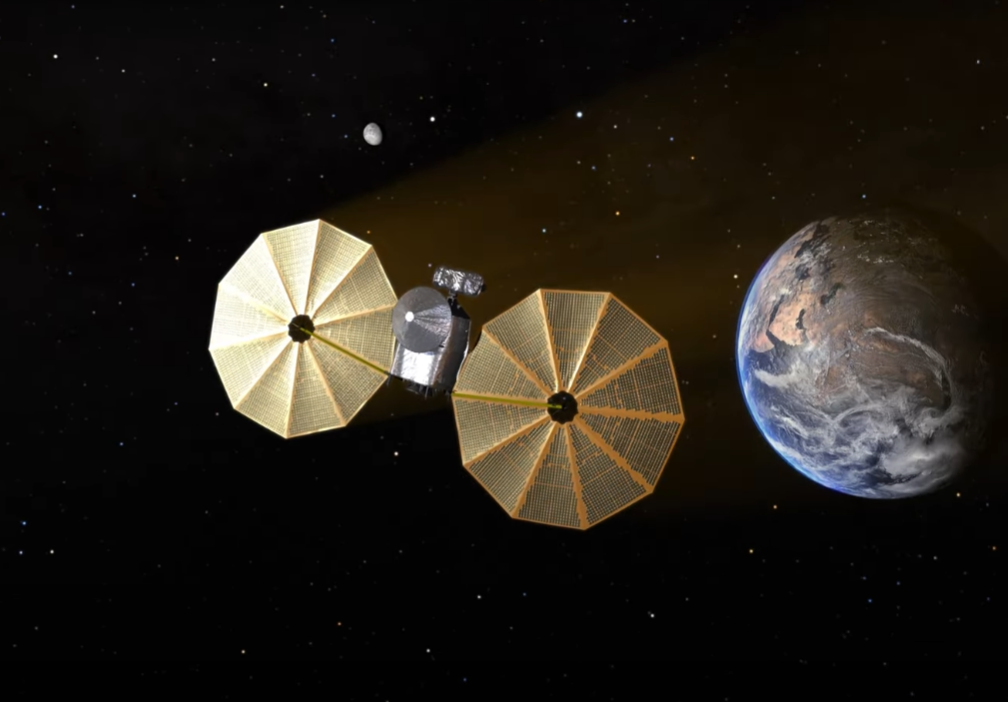NASA’s automatic Lucy spacecraft is now racing towards the Trojan asteroids of Jupiter, thanks to which scientists hope to learn about the formation of the Solar System. But the movement to the orbit of Jupiter does not take place in a straight line, but in a series of orbital maneuvers, shaped like ovals. Also to save fuel, Lucy uses the gravitational acceleration of the Earth to get an extra boost to the giant planet without using precious fuel on board.

This weekend, the spacecraft performed such an orbital maneuver around the Earth. Several observers were able to see Lucy in the night sky as it flew past our planet before going into space.
Here’s @LucyMission during today’s Earth gravity assist. Screengrab from observations made by @plutoflag.
Tracking continues on https://t.co/u9JmKlOCQ3 pic.twitter.com/ZNBWjcYPhB— Raphael Marschall (@SpaceMarschall) October 16, 2022
The spacecraft’s approach to Earth occurred on October 16 with a perigee at an altitude of 354 km from Earth. Initially, it was planned that the probe would fly 54 kilometers lower, but the team of engineers decided to increase the altitude due to problems that Lucy had with one of its solar panels. The probe has two round panels that deployed after launch, but one of them did not fully open and did not lock in place. After months of careful adjustment, the second panel almost completely deployed, but never fixed. Therefore, in order to prevent the deterioration of the situation due to the action of the Earth’s gravity, it was decided to make the maneuver higher, where the influence of our planet on the apparatus was the least, but with the preservation of obtaining the necessary momentum.
When Lucy was moving away from Earth, it also flew past the Moon. This allowed the spacecraft to take several images that will be used to calibrate the instruments on board, because the surface of our moon resembles large asteroids.
Earlier we reported on how the NASA probe recorded a lunar eclipse from a distance of 100 million km.
According to NASA
Follow us on Twitter to get the most interesting space news in time
https://twitter.com/ust_magazine

